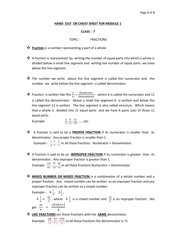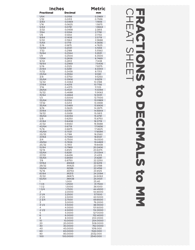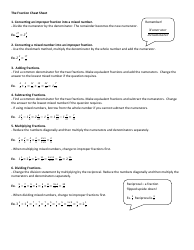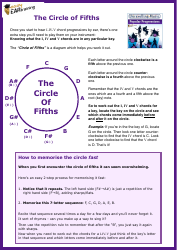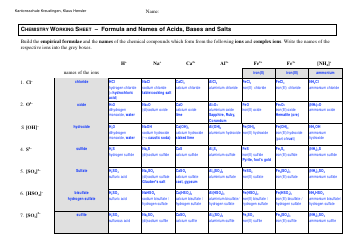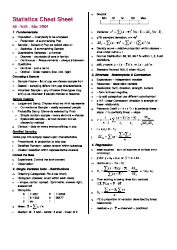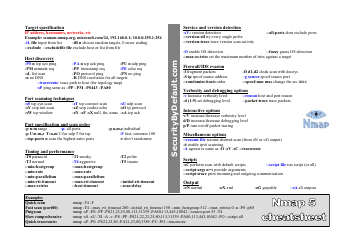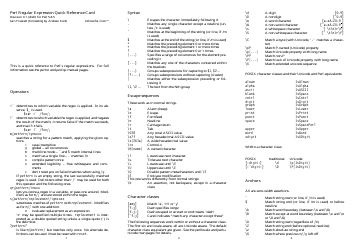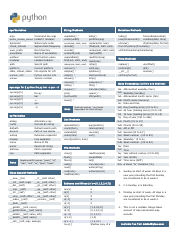Cheat Sheet for Fractions
A cheat sheet for fractions provides a quick reference guide with useful information and tips for working with fractions. It can be used to help understand and solve fraction-related problems more easily.
FAQ
Q: What is a fraction?
A: A fraction is a number that represents part of a whole.
Q: What is the numerator?
A: The numerator is the top number in a fraction and represents the number of parts we have.
Q: What is the denominator?
A: The denominator is the bottom number in a fraction and represents the total number of equal parts.
Q: What is a proper fraction?
A: A proper fraction is a fraction where the numerator is smaller than the denominator.
Q: What is an improper fraction?
A: An improper fraction is a fraction where the numerator is equal to or larger than the denominator.
Q: What is a mixed number?
A: A mixed number is a whole number combined with a proper fraction.
Q: What is equivalent fractions?
A: Equivalent fractions are different fractions that represent the same value.
Q: How do you add fractions?
A: To add fractions, you need to have a common denominator and then add the numerators.
Q: How do you subtract fractions?
A: To subtract fractions, you need to have a common denominator and then subtract the numerators.
Q: How do you multiply fractions?
A: To multiply fractions, you multiply the numerators together and the denominators together.
Q: How do you divide fractions?
A: To divide fractions, you multiply the first fraction by the reciprocal of the second fraction.













